Judge ponders if Topeka triple murder defendant can get fair trial after videos' deletion
"DONE" wrote the Topeka Police Department's Jamey Haltom in July 2021 after Chief Bryan Wheeles asked him to ensure that evidence, including 30 body camera videos, be preserved in the case against a triple murder defendant.
He later found out he was wrong.
Haltom, then a captain and now the department's deputy chief, testified at a court hearing Tuesday that he'd been willing to make that assertion because he trusted then-Sgt. Jason Schumacher, now a lieutenant, who had reported back to him after being delegated by Haltom to make sure the videos were preserved.
Detective Jeremy Warren, body camera administrator for Topeka police, testified Schumacher was capable of checking to see if the Axon body camera videos remained in the department's account at evidence.com — and a check would have confirmed that they remained there at that time.
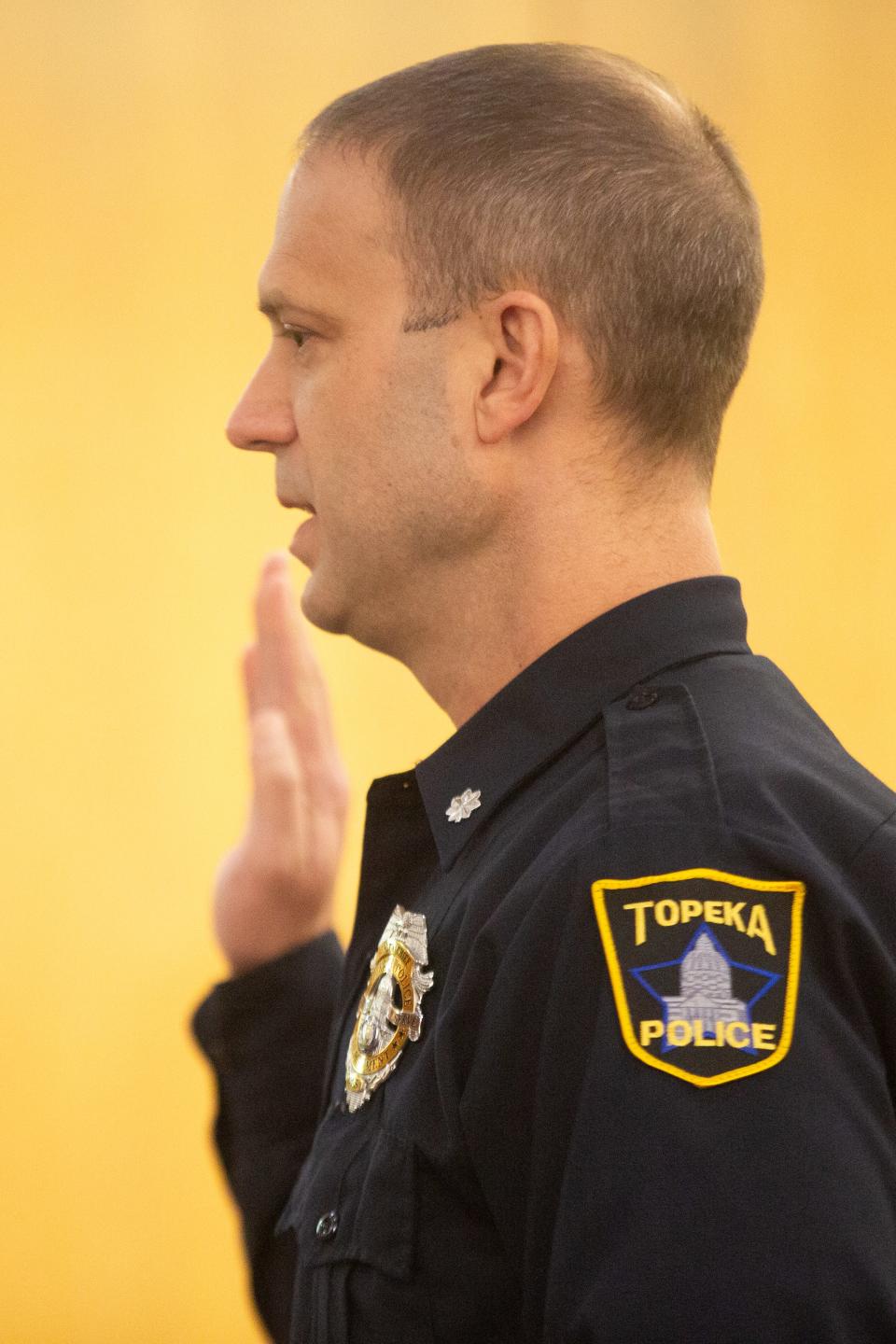
But police were then taken by surprise when the videos were destroyed later that year at the end of a planned five-year retention period, Warren said.
He indicated no one from the department contacted Axon or evidence.com to ask that the videos not be deleted because no one realized they were going to be deleted.
Haltom and Warren among Topeka police officers who testified Tuesday and Wednesday at a motion hearing held in Shawnee County District Court in the case against Sanford, charged in a Topeka triple murder committed in 2016.
Shawnee County District Court Judge Bill Ossman finished hearing witness testimony Wednesday and scheduled a final hearing to take place April 1 on a "motion to dismiss based on the state's failure to preserve evidence" filed Dec. 13 by Emily Barclay, senior assistant capital defender with the state's Death Penalty Defense Unit.
Here's what happened
Sanford's attorneys are seeking to have all charges dismissed, saying Sanford can no longer get a fair trial because of the destruction of 30 Axon police body camera videos taken in 2016 as part of the investigation.
Sanford, 41, faces charges that include capital murder linked to the 2016 killing of a man, a woman and an unborn child at Fairlawn Greens Apartments, immediately south of Topeka West High School at 5235 S.W. 20th Terrace.
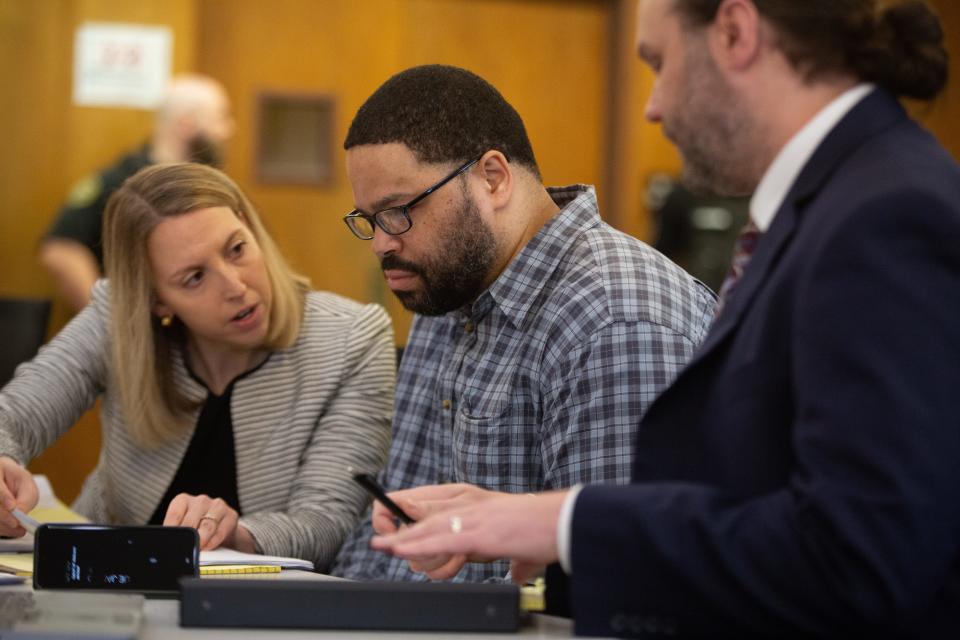
Prosecutors say Sanford fatally shot Dominique Ray, 23; Camrah Trotter, 20, who was in her third trimester; and Trotter’s unborn daughter, who was to have been named Ariyah Trotter. Camrah Trotter had also been raped.
When new evidence emerged after four years of investigation, Sanford was charged in September 2020 with crimes that included capital murder linked to the killings, court records say.
Capital cases require prosecutors to file a notice of intent if they plan to seek the death penalty, which District Attorney Mike Kagay said Wednesday hasn't been done in the case against Sanford.
The body camera video and other evidence were ordered preserved in February 2021.
Kagay subsequently notified then-interim Topeka police chief Wheeles of that order.
Wheeles became permanent police chief later in 2021.
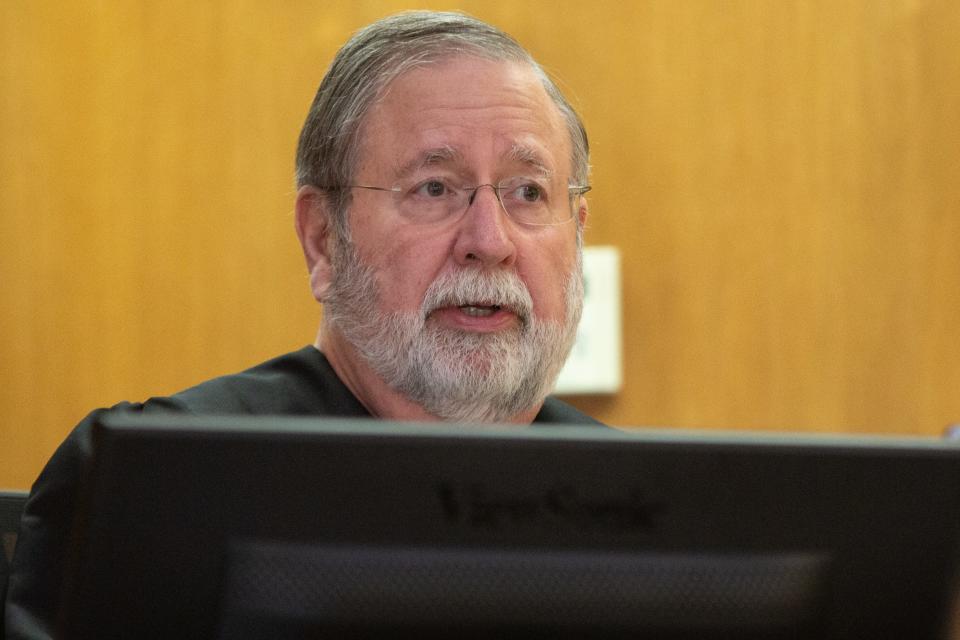
What's being taken into account?
Dan Dunbar — a retired Shawnee County chief deputy district attorney working as a special prosecutor on the case — wrote in a court document last month that for the charges against Sanford to be dismissed, his attorneys must: satisfy the standards set out by a past U.S. Supreme Court ruling.
Dunbar wrote that the ruling involved requires defense attorneys to "prove the missing axons have potential exculpatory value; and the absence of any comparable evidence; and the destruction was done in bad faith, i.e., the destruction was done knowing the potential exculpatory value of the recordings."
Exculpatory evidence is favorable to the defendant.
A girl who had been in a rear bedroom of the apartment where the killings occurred survived, according to Tuesday's testimony. Topeka police Detective Zachary Goodman, who was then a K-9 officer, described the girl as having been a "4-year-old."
Officer Laura Mayer said the girl told her the killer was "white." Sanford is Black.
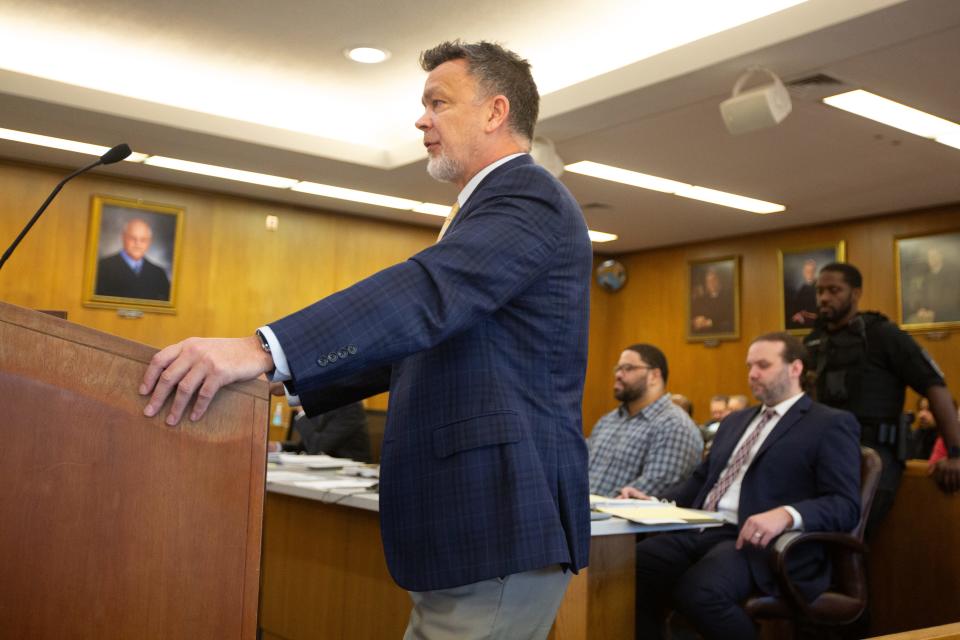
Officers hadn't realized the videos would be deleted
Dunbar sought Tuesday to highlight the innocent nature of the circumstances behind the deletion of the videos.
All officers who testified said they hadn't arranged for the videos to be deleted, hadn't realized they were going to be and wouldn't have wanted that to happen.
Wheeles wasn't present and wasn't subpoenaed to testify.
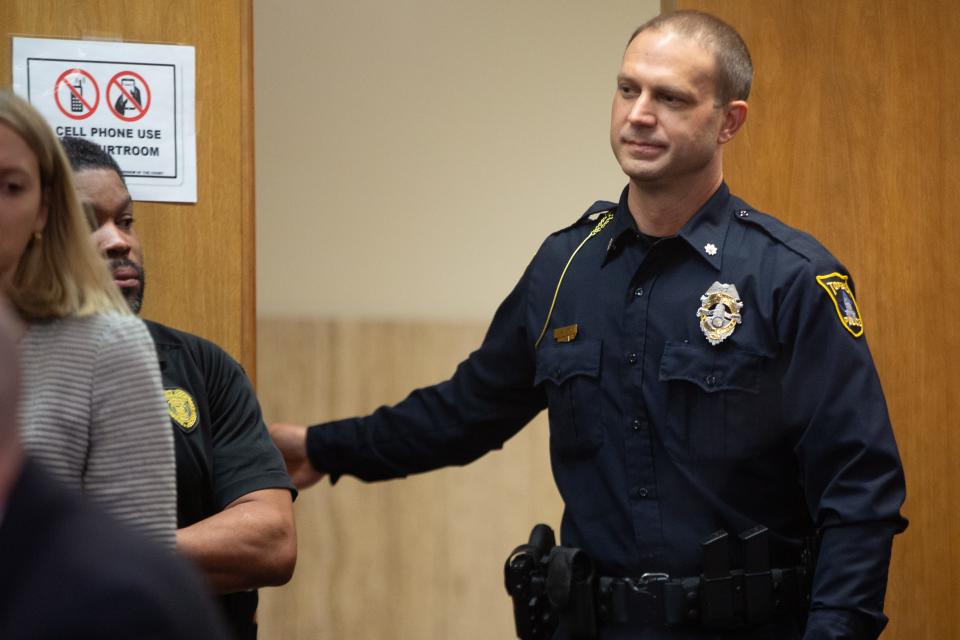
Police say problem involved is now fixed
Circumstances that caused the videos to be deleted have since been fixed at a cost of about $25,000, said Detective Jeremy Warren, who said he has administered body camera arrangements for Topeka police since January 2017.
The 30 videos encompassed a total of about eight hours of footage involving 11 officers, Warren said.
He said it's not uncommon for a police officer to temporarily stop recording body camera video to have a private conversation or discuss tactics with a supervisor, then turn the camera back on.
Warren said the Topeka Police Department's options at the time the videos were shot included classifying them in a manner that would have kept them from being destroyed "until manually deleted," but that didn't happen.
That type of arrangement "was never utilized back then," Warren said.
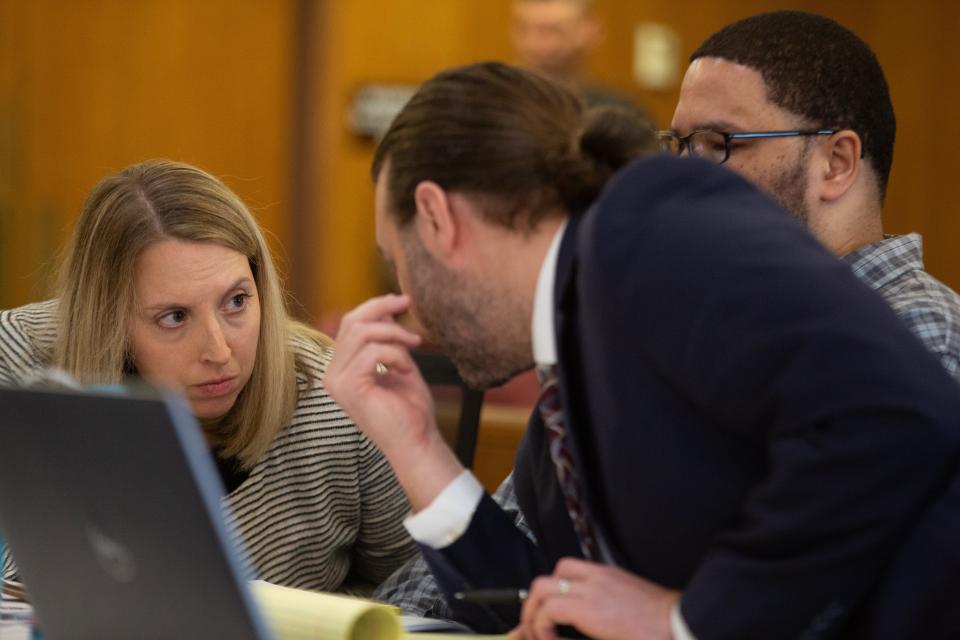
Nearby hammering bothered those in the courtroom at times
Shawnee County District Judge Bill Ossmann presided over Tuesday's daylong proceedings. Further testimony was scheduled for Wednesday, with the courtroom also being reserved for the hearing for Thursday.
Sanford wore street clothes. At least four uniformed law enforcement or corrections officers were present to maintain security at all times throughout the hearing.
As many as about 20 people watched from the gallery.
At times, those present seemed bothered by hammering from a nearby courtroom, which is being worked on.
Contact Tim Hrenchir at threnchir@gannett.com or 785-213-5934.
This article originally appeared on Topeka Capital-Journal: Testimony given in motion hearing for Topeka triple murder defendant

